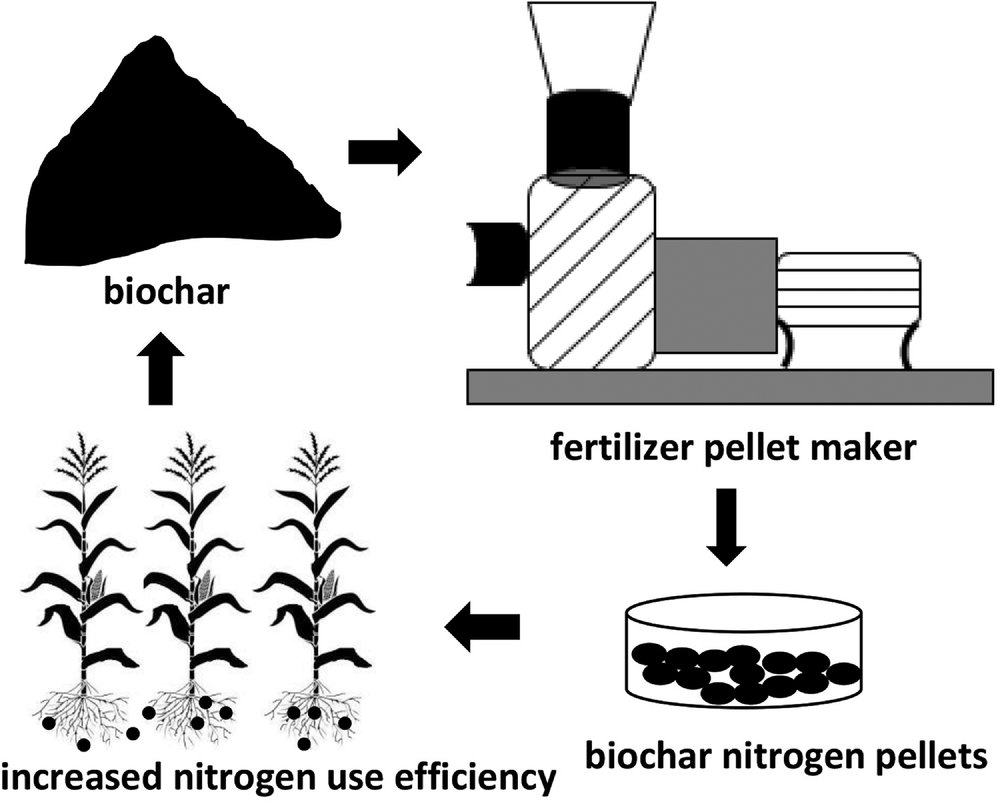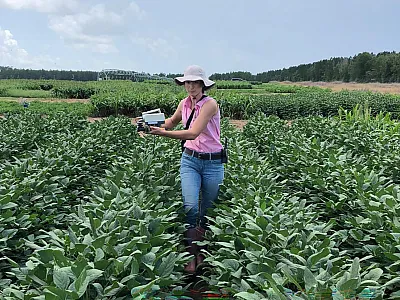Biochar-Based Fertilizer Boosts Nitrogen Use Efficiency

Long‐term use of nitrogen fertilizers has negative environmental impacts, and new strategies are necessary to improve plant nitrogen use efficiency. Biochar, the carbon‐rich co‐product of biomass pyrolysis, is gaining interest as a soil amendment to build soil quality and sequester carbon. However, little is known about its influence on nitrogen in the soil.
Researchers at Iowa State University have developed biochar‐based nitrogen fertilizers and tested their efficacy as a slow‐release nitrogen source using maize as the model crop. The fertilizers were prepared at lab and pilot plant scales, and experiments were conducted on bench and greenhouse scales. Laboratory‐based nitrogen release data revealed that the biochar‐based fertilizers retained significantly more nitrogen under accelerated urea release conditions than did traditional urea fertilizers. Similarly, in the greenhouse experiment, the biochar‐based fertilizers significantly decreased nitrate leaching loss relative to the traditional fertilizers, and root biomass for the biochar‐treated plants increased significantly, improving the overall nitrogen use efficiency.
Adapted from Banik, C., Bakshi, S., Laird, D. A., Smith, R. G., & Brown, R. C. (2023). Impact of biochar‐based slow‐release N‐fertilizers on maize growth and nitrogen recovery efficiency. Journal of Environmental Quality, 52, 630–640. https://doi.org/10.1002/jeq2.20468
Text © . The authors. CC BY-NC-ND 4.0. Except where otherwise noted, images are subject to copyright. Any reuse without express permission from the copyright owner is prohibited.











